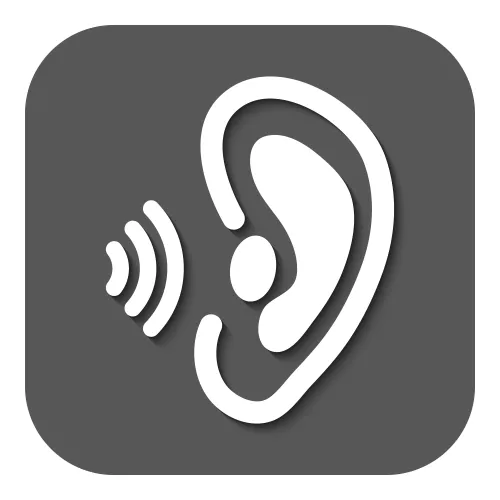Eliminate 3 Modifier Mishaps That Could Be Costing Your Practice Money

Billing two codes on the same date isn’t the end of the story.
Between the rules for appending CPT® modifiers to codes and the multitude of payer-specific regulations, it’s understandable that you may get confused from time to time. But don’t lose hope.
Becoming familiar with these three modifiers and their billing rules will put you and your pay on the right track.
1. Don’t Avoid Modifier 26
If your physician provides an interpretation and report for an x-ray or other radiological service in the treatment of a patient, that’s not always just part of his E/M — in some cases, you can separately bill for the interpretation and report by appending modifier 26 (Professional component) to the CPT® code.
Typically, the technologist that performed the patient’s x-ray will bill the code — such as 71010 (Radiologic examination, chest; single view, frontal) — with modifier TC (Technical component) to indicate that he is billing for the equipment, room charge, film, and radiologic technician, but not for the physician’s interpretation. If the physician who renders the interpretation is with a separate professional group and is not a hospital employee, you should report the service with modifier 26 to obtain his proper share of the reimbursement.
2. Know the Difference Between Modifiers 58 and 78
Because both modifier 58 (Staged or related procedure or service by the same physician or other qualified health care professional during the postoperative period) and 78 (Unplanned return to the operating/procedure room by the same physician or other qualified health care professional following initial procedure for a related procedure during the postoperative period) describe procedures performed during another surgery’s global period, it can be easy to confuse them. But differentiating between the two can mean the difference between collecting your due and filing endless appeals.
Key: You’ll report modifier 78 when conditions arising from the initial surgery (complications) rather than the patient’s condition — call for a related procedure.
Staged procedures: You should append modifier 58 when a procedure or service is planned or anticipated at the time of the original procedure (staged), is more extensive than the original procedure, or represents therapy following a surgical procedure. You need not return the patient to the operating room (OR) to report modifier 58. You must, however, return the patient to the OR to qualify for modifier 78.
Example 1: Suppose the physician places a gastrostomy tube 49440 (Insertion of gastrostomy tube, percutaneous, under fluoroscopic guidance including contrast injection[s], image documentation and report), but eight days later, the tube leaks and the doctor returns the patient to the OR to change the tube. In this case, you should append modifier 78 to the second procedure, because the initial procedure 49440 has a 10-day global and the leak wasn’t planned, so for the physician to get paid for this service, the modifier would be required.
Example 2: The surgeon excises an ischial pressure ulcer with ostectomy. Several days later, she closes the operative wound using a muscle flap. For the initial procedure (the excision), you should report 15946 (Excision, ischial pressure ulcer, with ostectomy, in preparation for muscle or myocutaneous flap or skin graft closure). You would claim the muscle flap closure at a separate session with 15734 (Muscle, myocutaneous, or fasciocutaneous flap; trunk). Append modifier 58 to 15734 to show the payer that the closure during the global period was anticipated at the time of the initial procedure.
How can you tell? When determining whether a procedure was “staged,” check the physician’s notes, because he’ll often indicate that another procedure is planned. In the final summary of the procedure, the physician might say, “the patient is to return to the office in six days for the following additional procedure...”
3. Mine All Legitimate Modifier 59 Opportunities
Some coders assume that if the Correct Coding Initiative (CCI) forbids billing two codes on the same date, that’s the end of the story. But in fact, you may be missing out on some legitimate cases where CCI allows you to use a modifier such as 59 (Distinct procedural service) to override an edit. Always scan the CCI edits to see whether a modifier can override your code pair edit. Of course, you should only use the 59 modifier when the services are separate, distinct, and medically necessary.




